You may have the perfect indoor plants-glistening glossy green leaves, compact bushy shape and stems that dazzle as the light reflects upon them. And then gradually your plants start losing their shine, drop leaves and become a pitiful shadow of what you brought home.
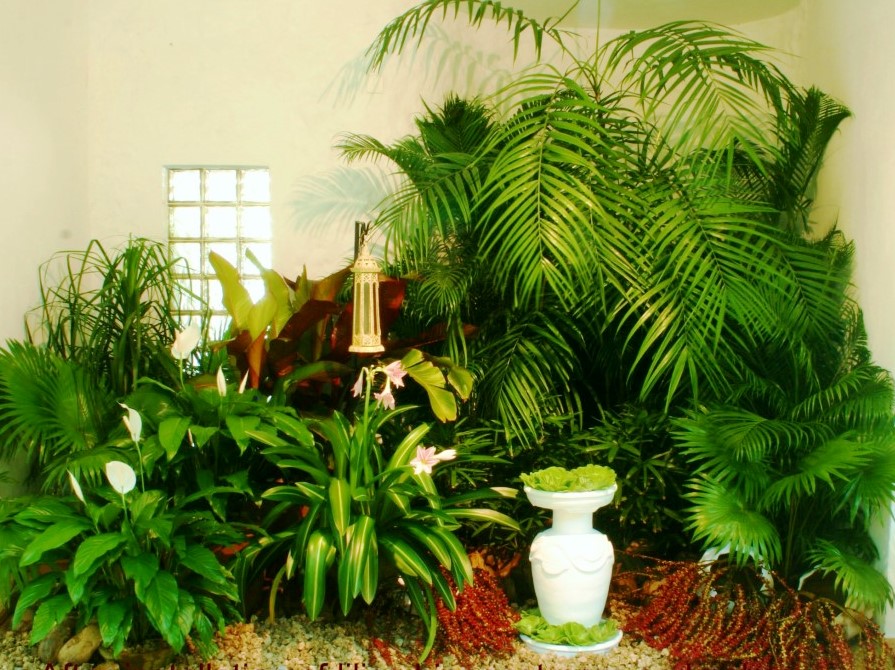
But this need not be your lot. You only need basic knowledge to know how to care for your indoor plants. In this article we look at how you can best care for your indoor plants though simple easy practices.
Provide The Best Care For Your Indoor Plants by Performing these Activities
- Cleaning Plant Leaves
With time, indoor plants collect dust or greasy films of dirt that dull their appearance. This makes them less attractive. Besides a layer of dust on the leaf surface block stomata. These are the opening on leaf surfaces. Blocking of stomata prevents exchange of air or “breathing”. Clean leaves are ideal for healthier plant growth. When you clean your plant’s leaves you control insects and enhance the plant’s attractiveness.
While some people use products that clean and shine leaves, I personally frown on this practice. The waxy coating residue can interfere with air exchange by smothering the air pores. Indeed such products should never be used on plants that have hairy leaves like African violet and some begonias.
How to clean indoor plants
The best way to take care of your indoor plants that are not hairy is to dampen a soft piece of cloth with water and wipe the lower and upper surfaces of each leaf. The other option is to place the plant outdoors during rain showers or in the shower to rinse it off. You can also hose off the dirt with a hose pipe.
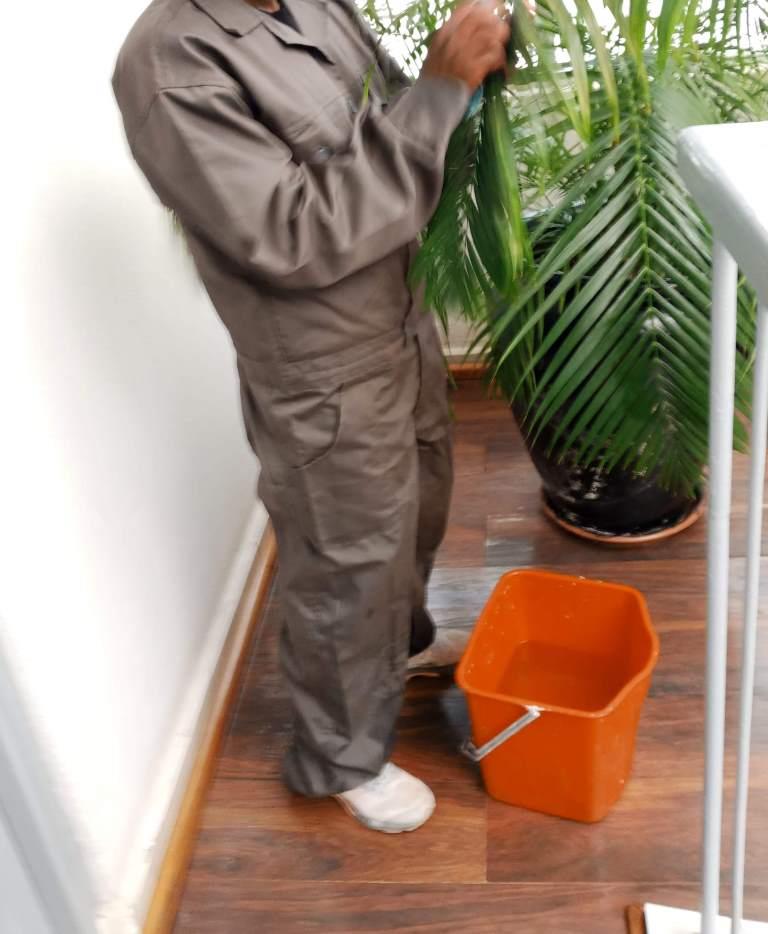
For hairy plants like the African violets, do not dust them with a soft cloth. Instead use a soft brush to scrape off the dirt. A better alternative is to use a pressure sprayer which acts as a blower.
2. Watering Indoor Plants-Another cog in providing the best care for indoor plants
Watering is a big deal when it comes to indoor plants. Indeed from experience, it is right to state that many indoor plants are killed either by over-watering or under watering, more often by the former. If you muster how to water your indoor plants, chances are you will carefor indoor your plants much more easily.

How much water?
Different plants have different watering needs. A plant’s water requirement is determined by its size, the environment, the time of the year and even the potting mixtures.
Water your plants sparingly if;
- They have thick fleshy roots.
- They are thorny like cacti.
- Have thick, fleshy leaves.
- It is winter time.
Water your plants heavily if;
- They are actively growing. This is true of most plants during summer.
- They have delicate thin leaves.
- They have large leaves-loose water through transpiration due to large leaf surfaces.
- They are in small pots compared to their size. Such plants dry out quickly as the small pot can’t hold much water.
- Plants have flowers or about to flower.
- They are water loving plants which grow in damp areas like arum lily and umbrella plant.
- Plants that have a very free draining potting mixture. They lose a lot of water due to run through at watering.
- The container is plain earthen pot. Clay pots have pores and loose more water compared to plastic or fiber.
What water should you use in watering your plants?
Use water at room temperature. Water that is too cold will shock the plants. The best way to attain room temperature water is to have a container of water kept indoors overnight before watering.
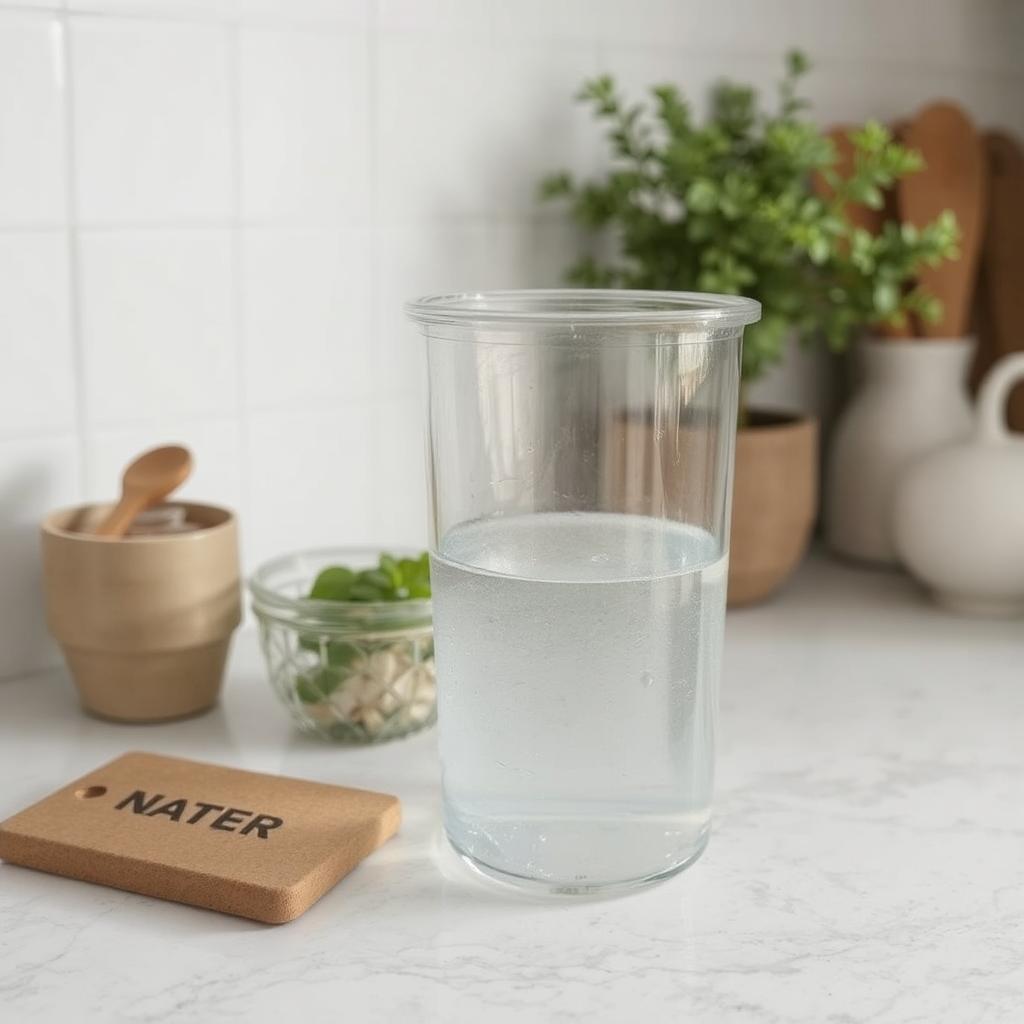
When is The Best time to Water your Indoor Plants?
Plants will tell you if they need water. Plants in need of water will appear less turgid or robust. What you need to do is to be observant with your plants. You can also tell your plant needs water by feeling the moisture levels. You do this by pressing your finger up to the second knuckle. If the potting mixture is dry to that level, you need to water.
If you endeavor to offer the best care for your indoor plants, knowing when watering is a crucial consideration.
How do you Water?
You can water using the top watering or bottom watering approaches.
Top -watering.
Simply fill your can with water and soak the potting compost. Water that runs out will be collected on the sauce and should be discarded.
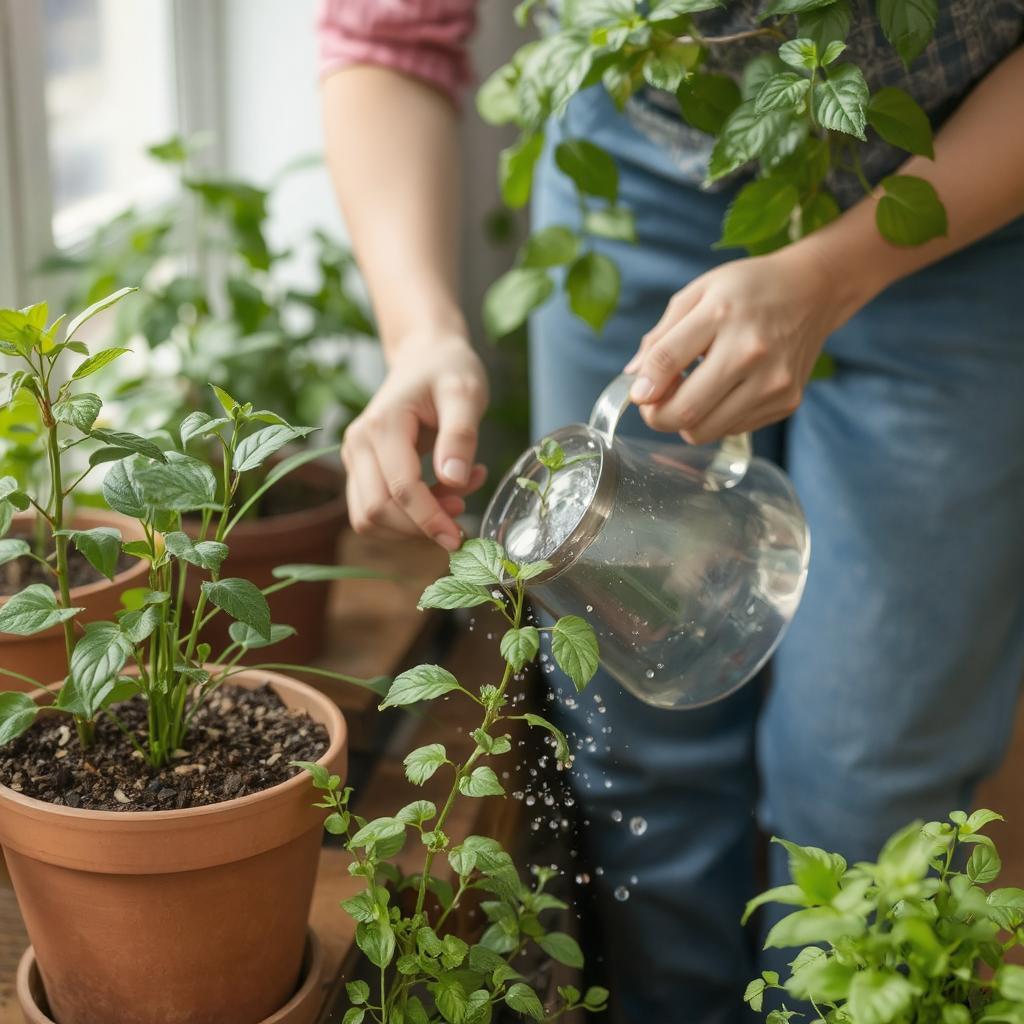
Bottom up Watering
This is when you water plants from below. African violets, some begonias and cyclamens loath water on their leaves or crowns. Fill a sauce with water and stand the pot in it. The plant will draw in water. Remove it once you observe the top surface moist and pour out remaining water.
Telltale signs that you are under watering;
If your plants are not getting enough water, you will observe the following signs;
- Leaves become limp and wilt.
- Potting mixture shrinks away from the pot making water runs quickly along the pot sides-where there is a gap.
- Yellowing leaves, curly leaves and leaf drops.
- Flowers will fade and drop off faster than usual.
Signs of over-watering.
As noted at the beginning of the article this is more often the cause of death for many house plants. I would rather a plant is under watered than one that is overwatered because by the time signs of over-watering appear, much damage has been done.
If you are over-watering, you will notice the following;
- Leaves dropping
- Yellowing of leaving
- Moldy flowers
- Rotting of roots
- Rotten patches on leaves
- Green moss and appearance of while marks on the surface of the mixture.
3. Fertilizing your Indoor Plants
For proper growth, all plants require essential elements. Certainly indoor plants nestled in low light conditions of the house require less fertilizer that their counter parts in the open outdoors. However less does not mean none. They still need feeding-especially given that they are in containers and rely solely on your magnanimity to survive.
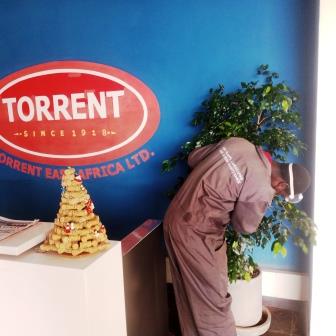
Observe your plants keenly to assess when to feed them. Generally, fertilizer application should be more frequent when plants are actively growing. This is normally in spring and summer. During these seasons, light intensities increase resulting into warm and long days. In winter days are short, meaning that many indoor plants receive little or no natural light. Such plants will go into a resting period (dormancy). As such it will be pointless to feed them when they will not use the fertilizer.
Be careful how you feed your plants. As space is often a constrain indoors, rapid, new growth is often not desirable. Otherwise they will outgrow their allotted space.
Frequency of fertilizer application varies with vigor of growth and age of each plant. A rule of thumb is to feed the plant when they are actively growing. You should fertilize at the recommended rates on the label every two or three months. You can also dilute the fertilizer to about one tenth of the recommended rate and use this solution at every watering opportunity during the growing season. The reason for staggered feeding is to ensure that the fertilizers are used as they are applied -to avoid buildup of fertilizers. The other way to feed indoor plants is to fertilize every seventh watering.
- What Types of Fertilizers are ideal for Indoor Plants?
A complete fertilizer is one that contains nitrogen, phosphorous and potassium. It is an excellent fertilizer for indoor plants. If you are growing foliage plants like Schefflera, ficus and aglaonema, choose a balanced fertilizer. A balanced fertilizer will be denoted on the label with specifications like 20:20:20. This simply means the fertilizer contains equal measures of nitrogen, phosphorous and potassium. The remaining 40% is inert matter of no value.(20+20+20=60).
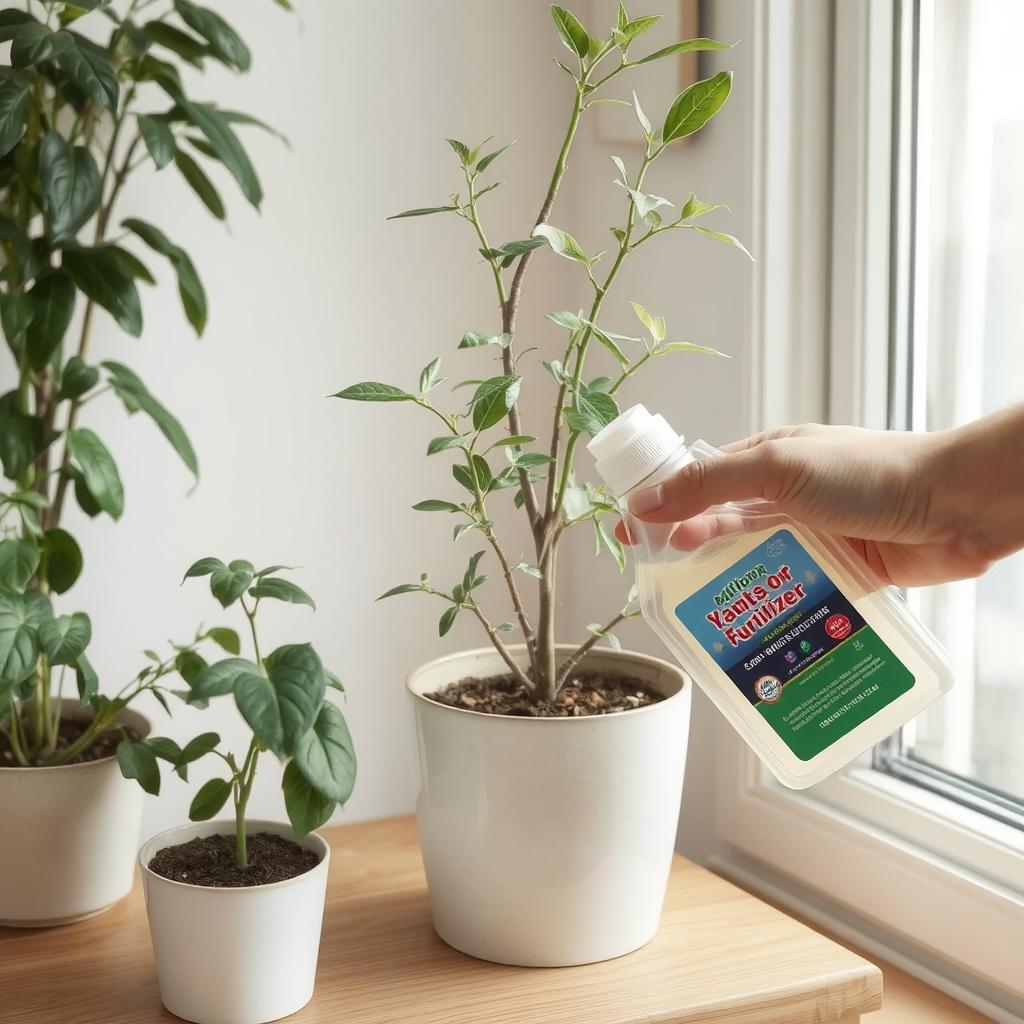
For flowering plants like Spathiphyllums, apply potassium rich fertilizer. The label should show something like 15:15:30 meaning that the composition of potash is higher compared to the other two nutrients. Potassium is crucial for fruit and flower formation.
- Liquid fertilizer
You can get fertilizers for your indoor plants in liquid form, water soluble granules and slow release form,(granules, sticks and tablets). Water soluble fertilizers are preferable because when diluted, the potential for fertilizer burn is reduced.
ii. How do you tell if you are over fertilizing?
If the soils have a white film on the surface or the pots have a white crust on the rim or drainage hole, this is an indication that the plant is being over fertilized and over watered too. Fertilizers are essentially salts. Salt build up in the soils leads to root damage, resulting in symptoms like reduced growth, brown leaf tips, dropping lower leaves and wilting of the plant.
The best way to avoid salt build up, is to water the soil thoroughly and allow the excess water to flow out at the bottom of the drainage hole into the saucer or plate which is then emptied . Do not let the plant stand in drained water as it could develop “wet feet” effect -causing root rot.
4. Choosing Containers for indoor plants
There are almost limitless materials from which containers are made. The common ones are plastic, clay, ceramic and fibre. These are usually containers with drainage holes at the bottom. There are also decorative container without drainage holes. These can be clay, brass, copper, fiber and wood.
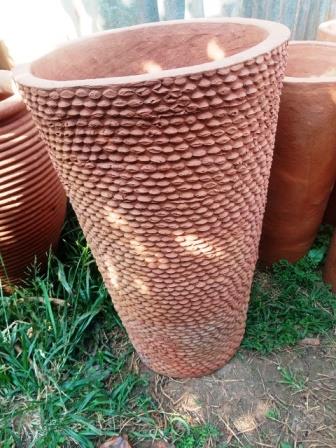
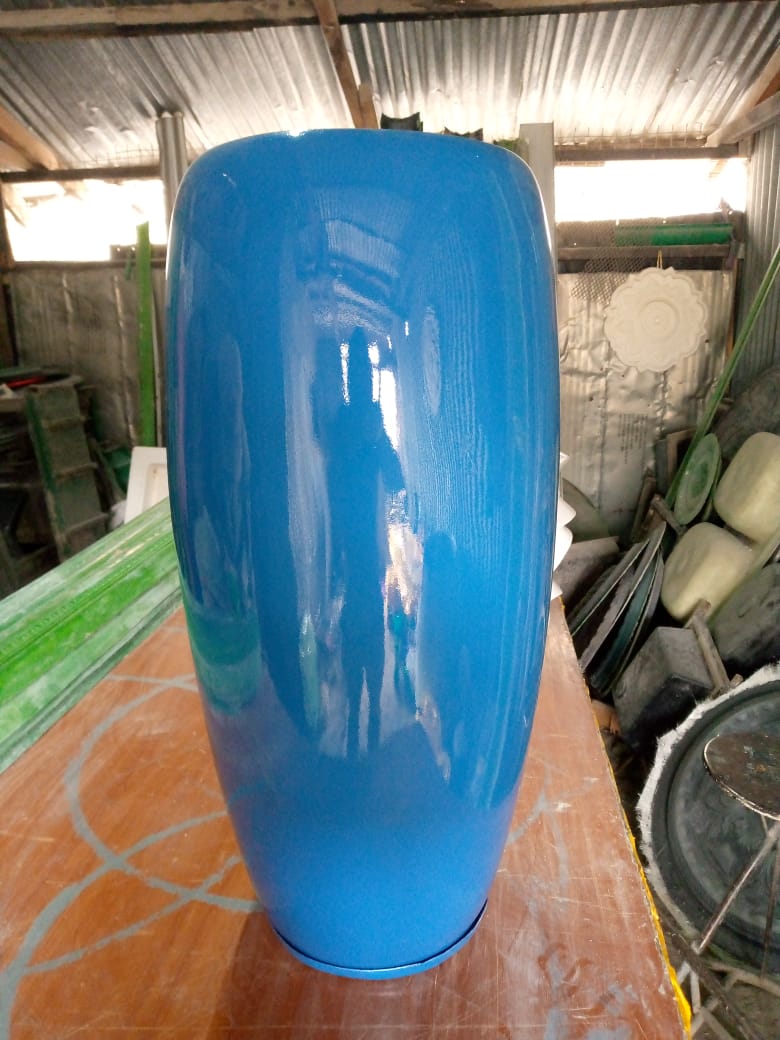
Choosing a pot for indoor plant
Choose the correct size container for your plants. Why? Because if your container is too big, it will present an unbalanced appearance. The ideal container for indoor plants should provide sufficient room for soil and roots, allow space for proper watering and be attractive without competing with the plant.
5. Meeting The Light Requirements for indoor plants
The most important factor to observe when choosing indoor plants is the lighting conditions in the house. The environment in the house dictates which plants will thrive and which ones will struggle. Light provides the energy source needed for plants to manufacture food.
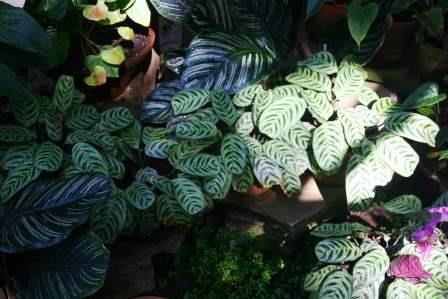
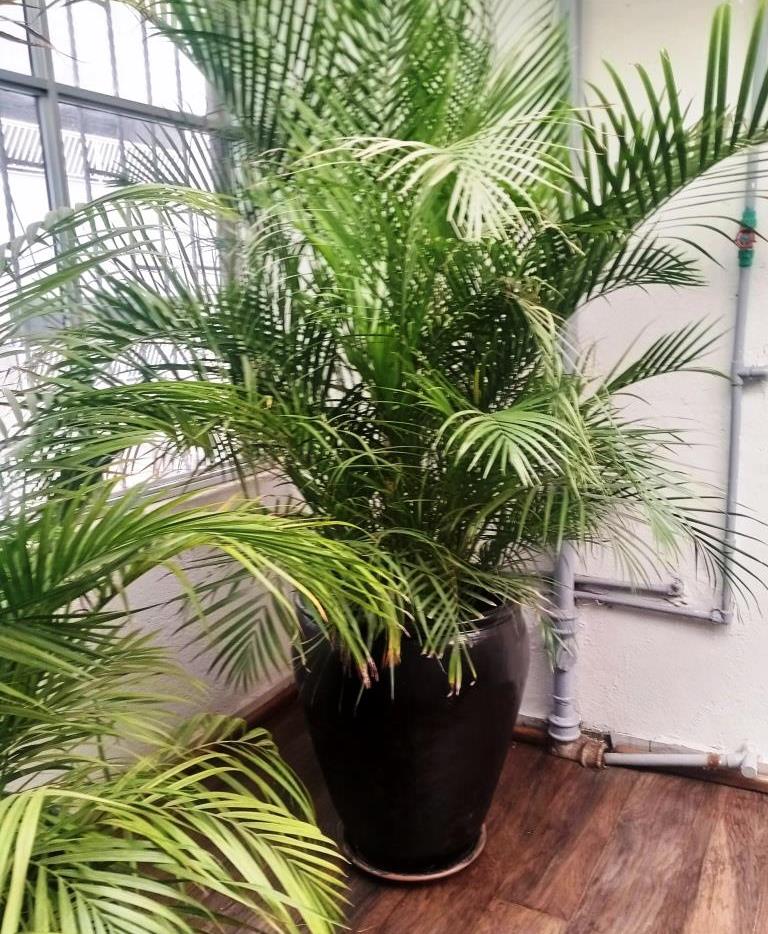
How is Indoor Plant Light Measured?
Light is measured in foot candles (ft-c) . On average the interior of a normal house is often less than 100ft-c. Outdoor light intensity on a clear sunny day can exceed 10,000 ft-c. As indoor plants differ greatly in the amount of light intensity they require, it so happens that indoor plants are grouped according to their light requirements.
These are;
Low light plants
They require a minimum of 100ft-c but will require 75-200ft-c for good growth.
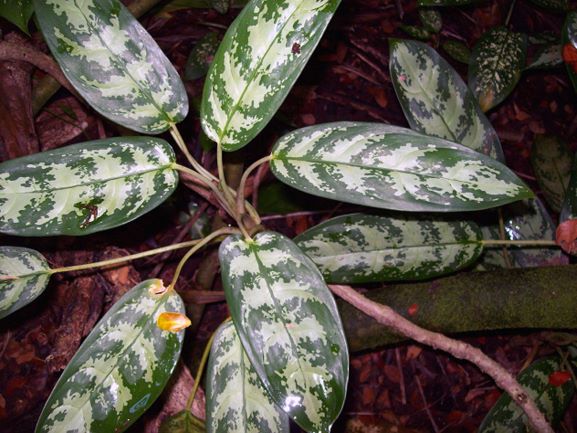
Medium light
These require a minimum of 100 ft-c to 150 and will thrive best at 200-500 ft-c.
High light plants.
These are plants that need not less that 500-1000ft .
Very high light
These require a minimum of 1000ft-c but work best above 1po00ft-c
In order for a plant to maintain its quality for a year about 100ft-c for 12 hours per day are required. For foliage plants to benefit from fertilizing, a minimum of 200ft-c of light for 12 hours per day is necessary. Of course few homes have the necessary conditions for the growth of plants that requite very high light like begonias, hibiscus, ivy and schefflera. These can be easily grown near windows or glass doors with southern or western exposure.
Medium light plants like African violets, boston ferns and dumbcane will thrive well if placed within several feet of the light source or in eastern exposure. Low light plants like peace lily and philodendron can be placed several feet away from eastern windows exposure. The amount of light at any given location will vary depending on the time of the year which determines-the angle of the sun, day length or outdoor tree/shading, window curtains and wall colour (light reflection).
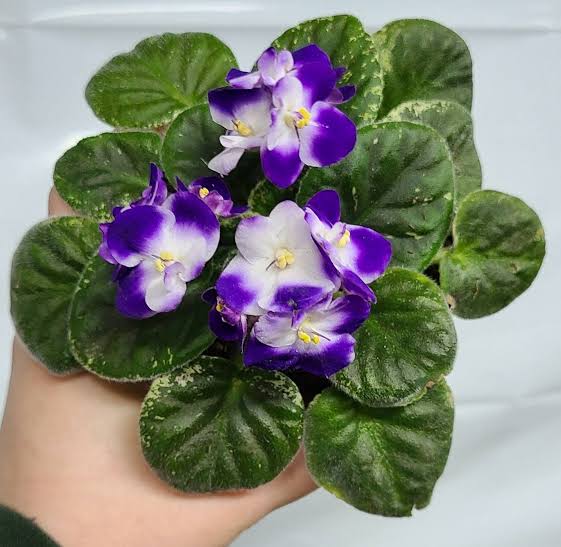
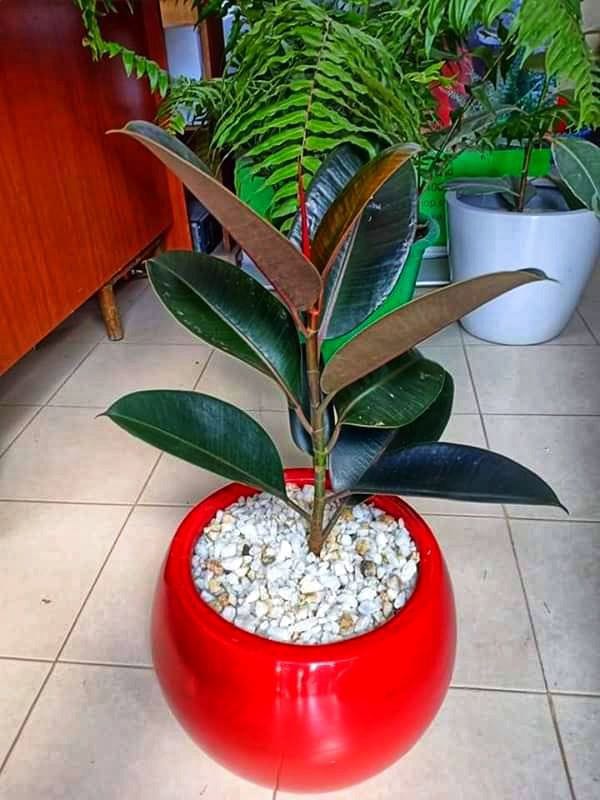
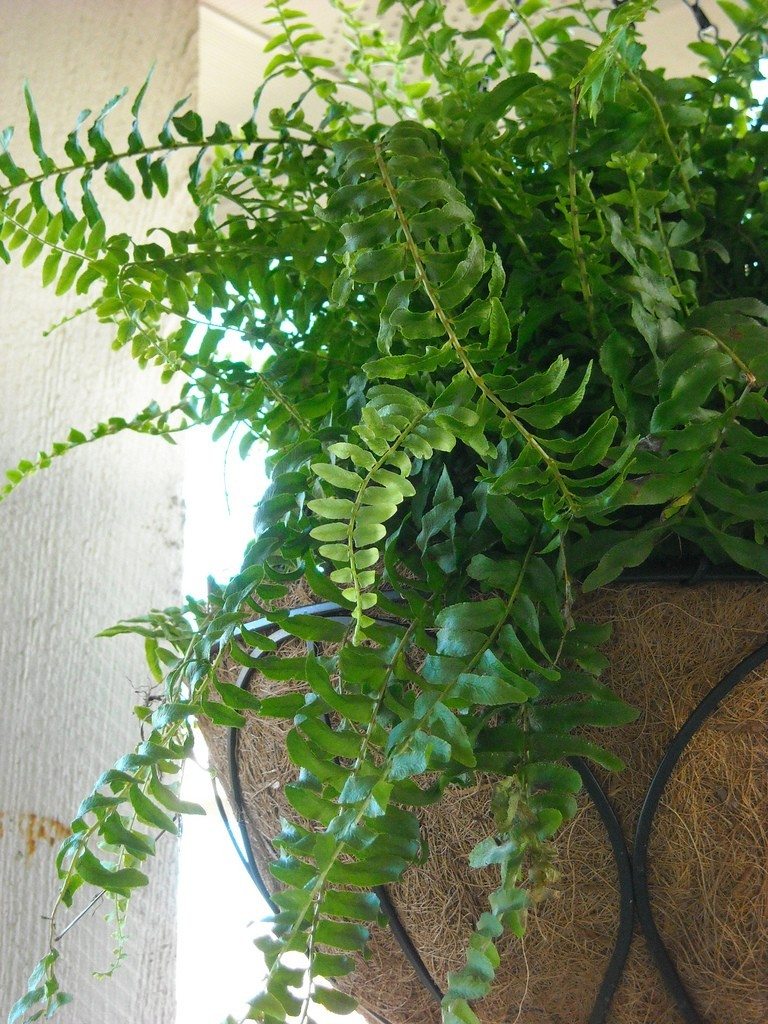
You can supplement your light or replace the the natural lighting by use of artificial lights. Artificial lighting is provided by florescent lamps or special incandescent lights-Grow lights. Normal incandescent lamps are not recommended for plants as plants placed near them tend to become leggy.
You can ensure your plant has enough exposure to light by increasing the amount of time or duration that the plant is exposed to light to close to 16 hours of light and 8 hours of darkness. This range is satisfactory for most plants. You can use an electric timer to attain this duration.
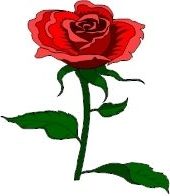
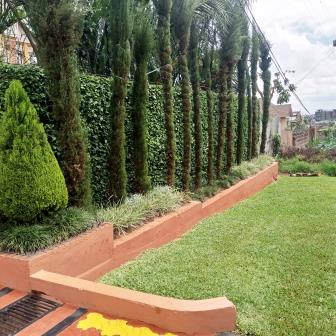
Leave a Reply